fact

Unidentified Human Remains and the True Nature of Love
The latest book from Canada's Angry Young Playwright Brad Fraser includes a reprint of his infamous Unidentified Human Remains and the True Nature of Love alongside the screenplay of his recently produced film version Love and Human Remains (NeWest).

What?
At home Frank and I are mutually sympathetic to the obligation to face one another and speak loudly; or, when we are away, to supply each other with new batteries when we forget them; but we have no defence against the independent wandering behaviour of our hearing aids. They are always someplace else. I probably have spent one percent of my life, close to a whole year, looking for the damned things.
.svg)
Snail Mail
I’m sorry, but you cannot mail any box with writing on it. I see. Perhaps you have a marker with which I can cross out the writing? No, we have no markers here. Perhaps you have some packing tape we can put over the writing? No, we have no packing tape here. How about some of that special blue-and-yellow postal service tape I see there? No, no señorita, you cannot put special blue-and-yellow postal service tape just anywhere.

Window Booth at Rapido
A group of university exchange students from France at the next table watch the entire interaction as if they were on a field trip for Lessons in North American Social Behaviour. They discuss the annoying aspects of the life they’re having here. Quebec is more American than they expected, they say. You can’t smoke in restaurants. The Québécois accent is drôle.

Re-hanging the National Wallpaper
When I lived in Ottawa in the 1970s, I used to enjoy passing lazy afternoons at the National Gallery looking at the pictures. I remember how surprised I was when I first encountered the Group of Seven collection. These paintings were completely familiar—I’d seen them in schoolbooks and on calendars, posters, t-shirts, everywhere—yet at the same time they were completely unexpected.

Seize the Fire: Heroism, Duty, and the Battle of Trafalgar
October 21, 2005, marked the 200th anniversary of the great naval battle of Trafalgar, an engagement in which Admiral Nelson and the British fleet ended Napoleon’s dream of invading England by crushing the French and Spanish fleets off the southwest
.svg)
A Few Essential Words
I met Alejandra Pizarnik in Buenos Aires, in 1967, five years before her death. I had asked her to contribute to an anthology of texts that purported to continue an interrupted story begun in Shakespeare’s The Winter’s Tale: “There was a man dwelt by a churchyard.” She agreed and wrote a haunting piece called “Los muertos y la lluvia,” “The dead and the rain.” The book was never published, but we became friends.

Punch
It was at about this moment that I hit him in the face, which is something I’ve never done before. I don’t know what perfect form the punch took in my mind, but by the time the impulse had pushed its way through me, my hand had bent inward like an old person’s claw, or a doll’s hand—curved around but without a bottle to clutch.

Dog Show Dancing
The next performer, Coco, a six-year-old Belgian shepherd, stood on his back legs and hopped alongside a woman wearing white go-go boots who jiggled her hips in time to “ymca.” Coco weaved between her legs, rolled across her feet, lay on his back and kicked his legs in the air. The woman’s brow was furrowed and sweat ran down her face. Coco bounded in front of her, then backed through her legs and sneezed twice. The judges looked at each other and one of them wrote somethingdown.










































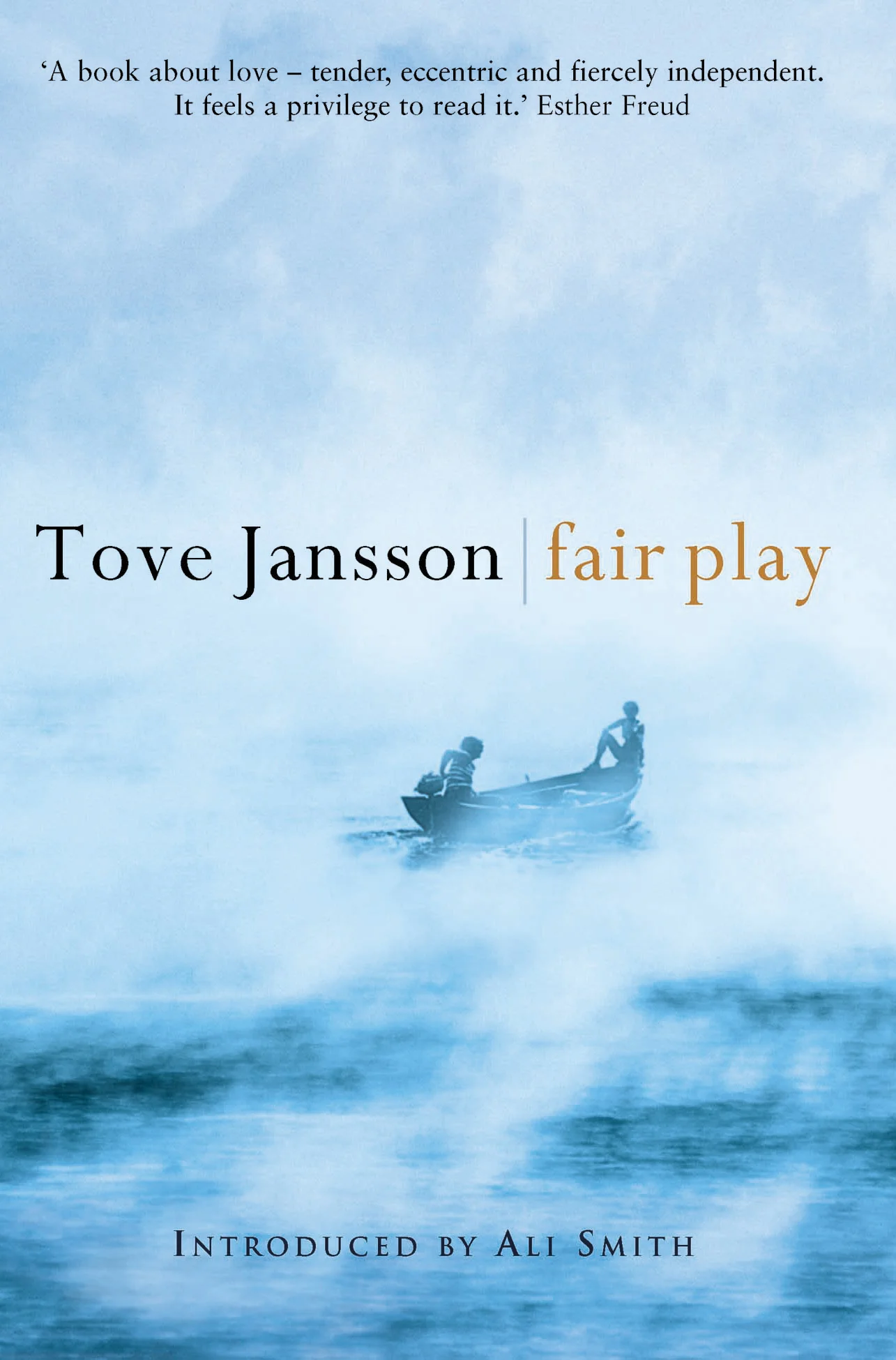
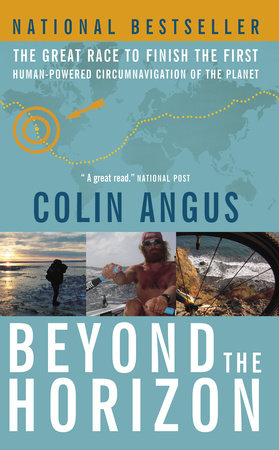

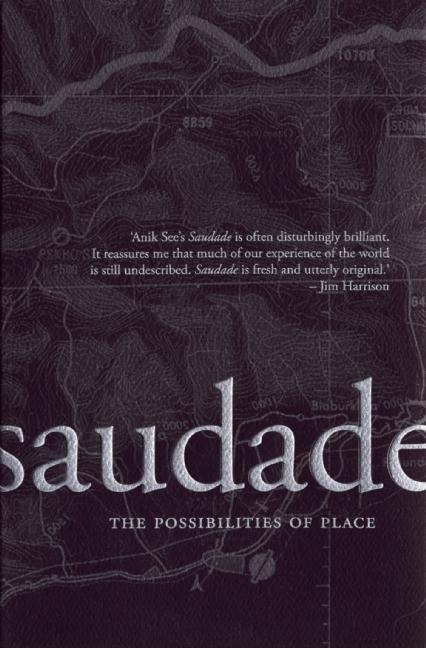
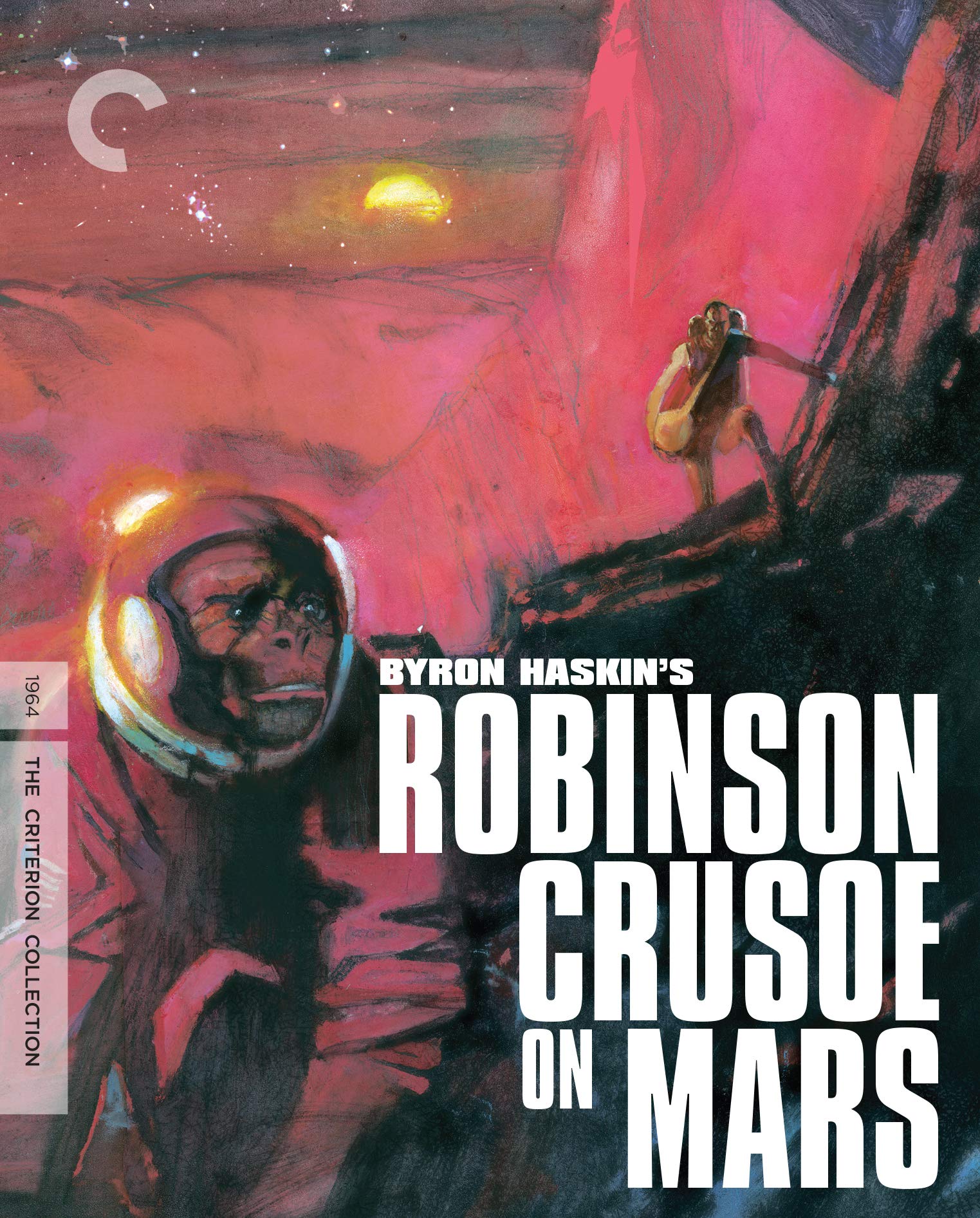

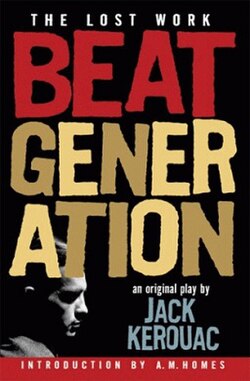


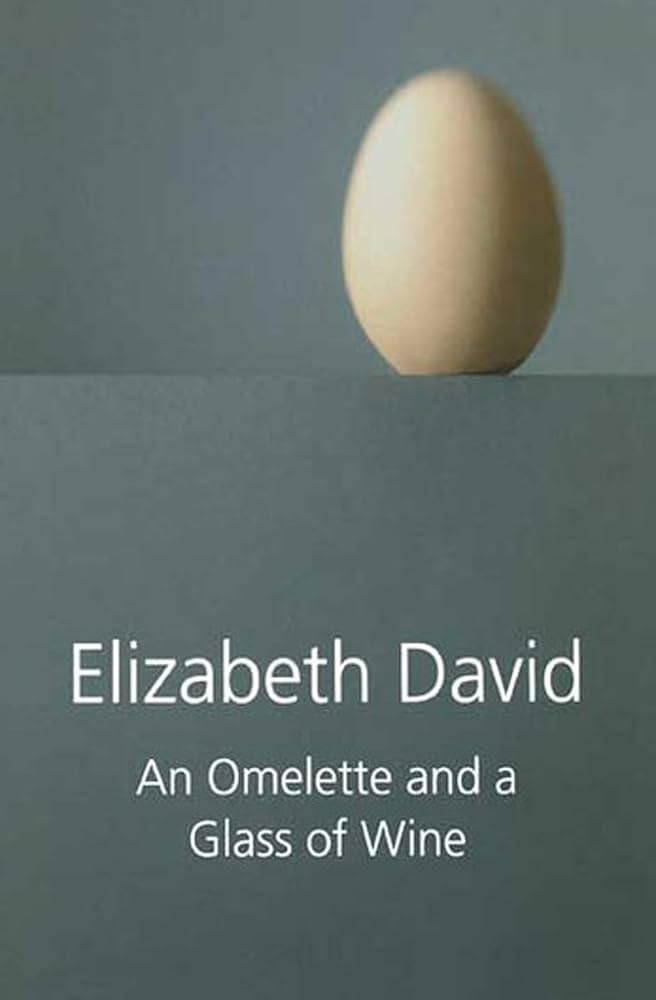
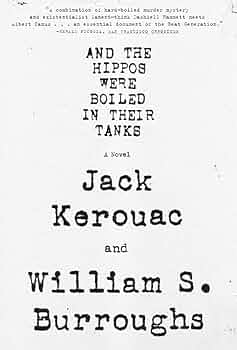

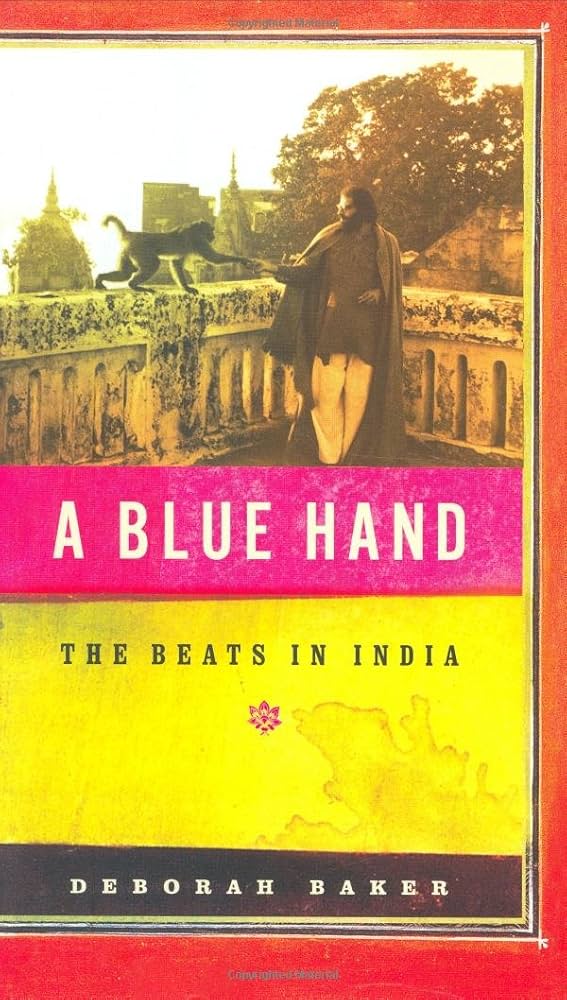
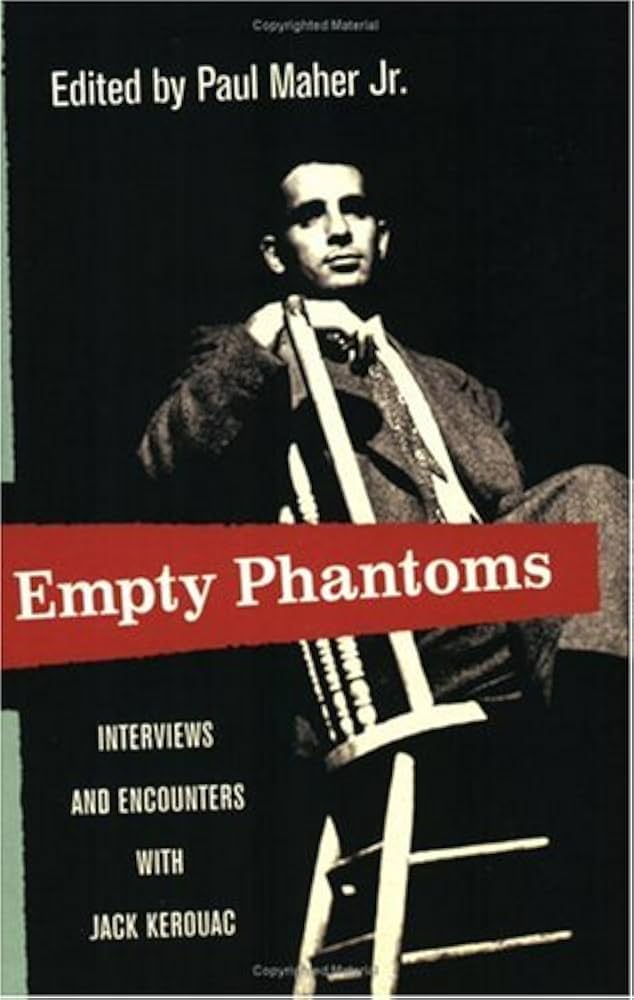

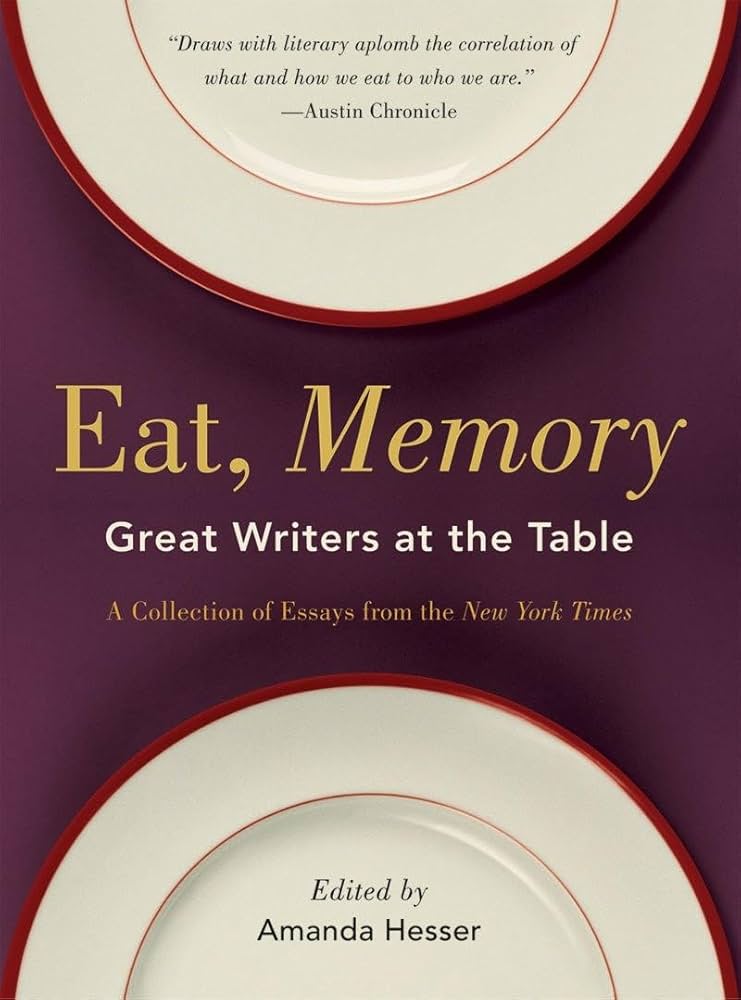


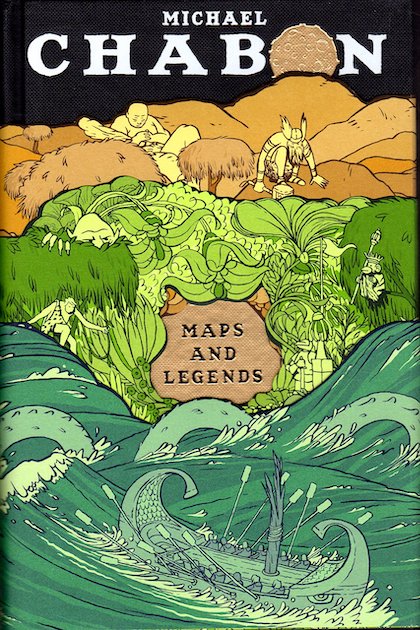
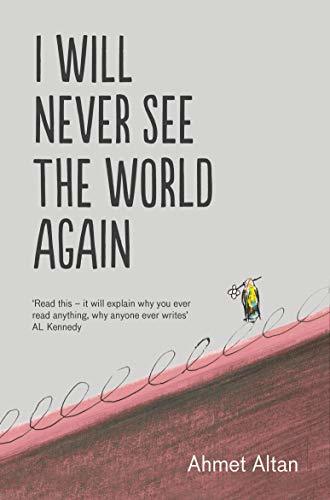
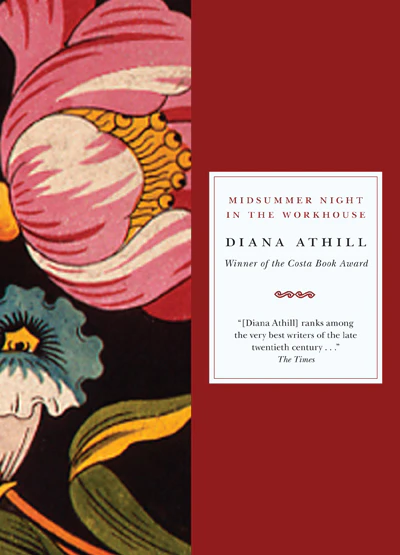
















.jpg)










